Over the last 18 months we have systematically focused our PD around helping teachers to develop their understanding of Formative Assessment strategies, because we know that upskilling teachers around the key formative assessment strategies has a direct positive impact on student learning. Our professional development facilitators (two western and two local Chinese teachers) have been covering these different strategies with teachers in our Wednesday PD sessions and teachers have then been trying them out and sharing their successes. It has been very positive to see teachers using the new strategies so well and excellent so see the positive impact on student learning.
——Siobhain Allum
Primary School Principal
and Head of Wuding Campus
YK Pao School's Professional Learning Center (PLC) provides a diversified internal support system for teachers, helping them to enhance and broaden their teaching skills. In turn, teachers can then better inspire and motivate students. Since its establishment, the PLC has supported teachers' professional development through a series of courses, training and qualifications, and strived to push the school's overall teaching quality to a higher level.
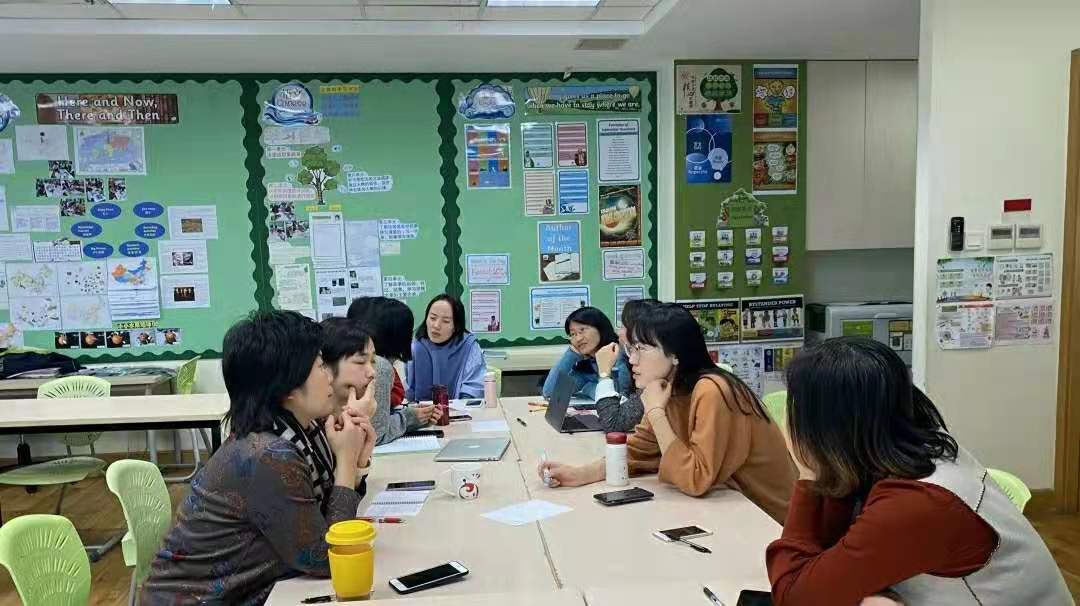
The PLC’s curriculum covers multiple fields, emphasising that learning is a long-term process rather than a one-time activity. It encourages teachers to apply learned knowledge and experience in the classroom, establishes differentiated learning needed for all types of learners and provides continuous support to teachers to ensure they remain accountable.
Pao School hopes that these training and career development opportunities will provide a supportive and trusting environment for teachers while strengthening their ties to the school. Due to the school's bilingual immersion teaching environment, Pao School has unique and ever-evolving pedagogies. With that in mind, on each of Pao School's three campuses, experienced teachers serve as trainers for their newer colleagues. These teacher trainers share external resources with their fellow teachers, alongside providing and supporting cross-disciplinary training. In Primary School, professional development facilitators include four teachers, Rona Rong, Lily Jin, Diana Zuo and William Henry.
“Student oriented, teacher-led” has always been one of the core tenets of the Primary School teaching philosophy. Within this, the teachers utilise different teaching pedagogies, such as separating students into ability-based groups to help them build their independent learning skills. The methodologies also help teachers develop useful content for their classes, notes Ms. Lily Jin, the Primary School's Professional Development Facilitator and Language Support Teacher. One such teaching strategy is the Jigsaw Method, which encourages students to succeed by developing their skills of information sharing and cooperation.
The Jigsaw Method is a cooperative learning strategy first developed in the 1970s by Elliot Aronson, an American education expert. The method focuses on the development of personal accountability and teamwork, alongside encouraging cooperative learning. The students begin in small groups of around three to six, each with a different learning task that revolves around a wider topic the class is studying. Working individually, each student learns about their topic and then presents their findings to the group. Next, students from the initial groups gather into expert groups to synthesize information and reconcile different viewpoints. Lastly, the original groups reconvene and share their findings. This strategy allows all group members to develop an understanding of their individual material, as well as the findings that have emerged from topic-specific group discussion.
As teachers adopt new teaching methods, their training is divided into three stages: basic theory learning, teaching strategy sharing and classroom application. Ms. Jin also explains that there is a lot teachers must consider when adopting new strategies, “When using the Jigsaw Method, teachers should consider how to correctly align the difficulty of the tasks with students' respective abilities. This helps students get the most out of the activity."
Recently, during the classroom application stage, Year 5 Chinese teacher Ms. Tammy Zhang and Head of Lower Primary Maths, Y2/Y4 Maths Teacher Ms. Vivian Shen introduced the Jigsaw Method into their classrooms. During these classes, they also recorded demonstration lessons to support their colleagues’ skill development.
Year 5 Chinese class
Creative retelling
Ms. Zhang
Retelling is an activity that allows students to use their own words to recall, order, and summarize a text. In the creative retelling activity, the students focused on developing different characters' personalities by expanding their story. This encouraged the students to look more deeply into the text and select the aspects most worthy of expansion.
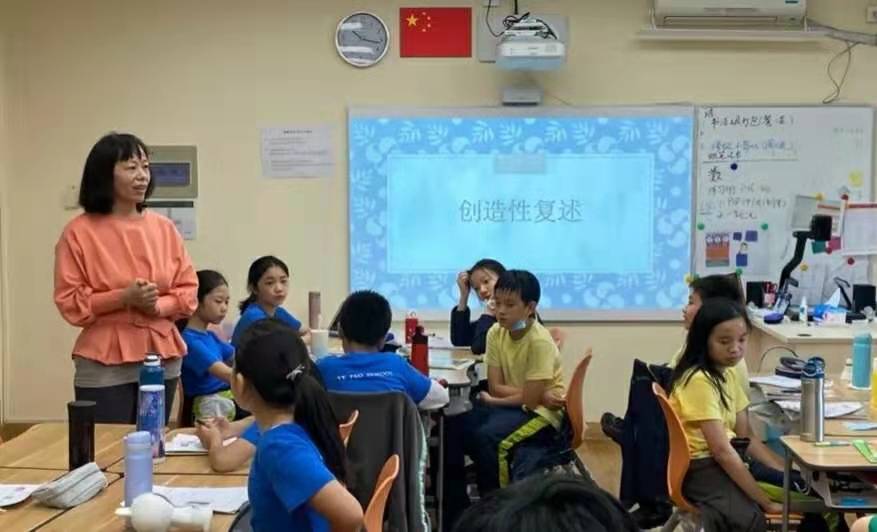
In this activity, Ms. Zhang started by providing students with five different stories for preliminary reading. During this exercise, under the teacher's guidance, students discussed among themselves the most prominent personality traits of the stories’ main characters. This exercise helped students to develop their writing and penmanship.
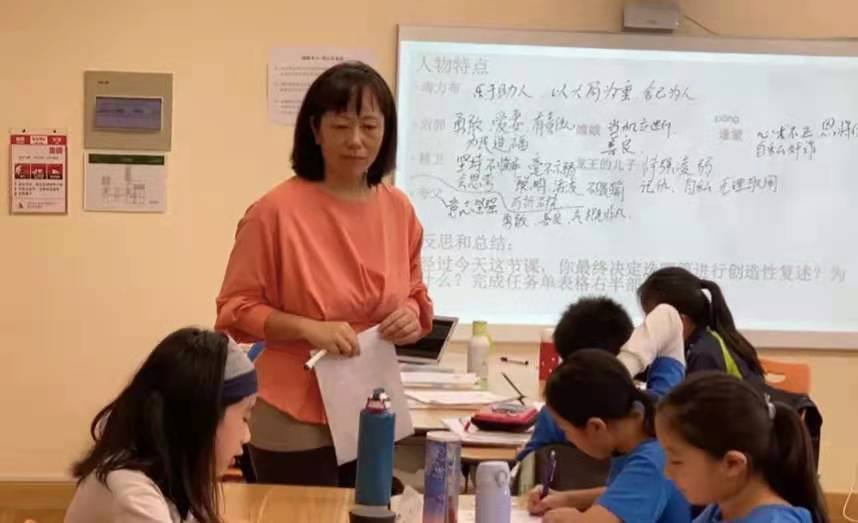
Ms. Zhang then put the students into new groups, making sure that each group had students who had read different stories. As they were mixed together, the students had the opportunity to hear different ideas and reflect more deeply on the content of the stories. As the students could decide to change their focus to a story originally given to a different group, they also chose the story they would like to retell. After this exercise, some students proposed some new ideas while others held steadfast to their original thoughts. In both cases, the students showed that they were able to master creative retelling in different types of group situation.
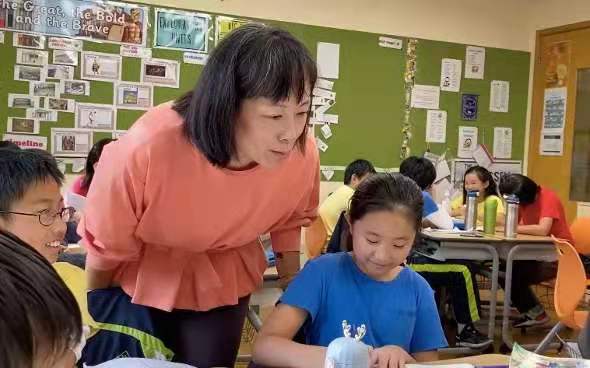
For teachers, this process allows them to guide students, beginning with a focus on building their independent critical thinking skills. Later, the students discuss the content of the texts and think about the stories more deeply. From in-depth analysis of a single story, to comparing the difference between multiple stories, these exercises allow the students to explore the same character in a text from many different perspectives and compare their thoughts with others.
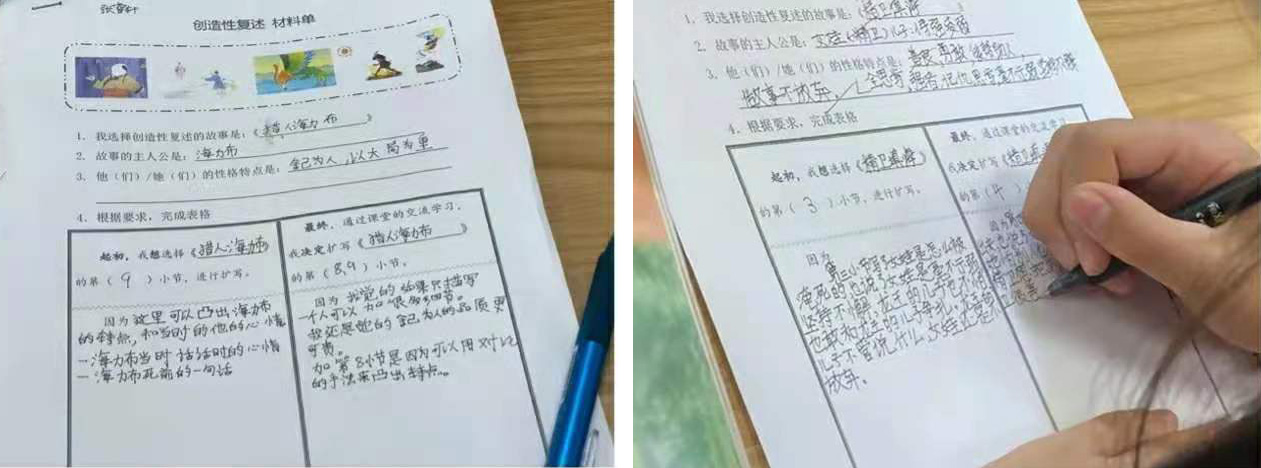
“Jigsaw is a very flexible group learning method compared to the group discussions we associate with traditional teaching methods." Explains Ms. Zhang. In the case of the more traditional group work, representatives are usually selected to report after group discussions, both limiting the voices heard by other students and providing limited feedback for teachers. In contrast, Ms. Zhang observes, "The Jigsaw Method creates a livelier atmosphere for discussion and stimulates the students to think deeply, resulting in a lot of productive brainstorming. It also encourages the students to share their ideas and builds their self-confidence.”
Year 4 Mathematics
Sorting and review of quality,
capacity and area units
Ms. Shen
The school’s Year 4 students recently took part in a review class for the Mathematics Unit: "Numbers and Quantity." Earlier in the semester, the students had already studied about quality, capacity and area. Therefore, the review class' main goal was to help students consolidate the conversion between units of measurement and at the same time provide students with the opportunity to learn how to apply their newfound mathematical knowledge to real-life situations.
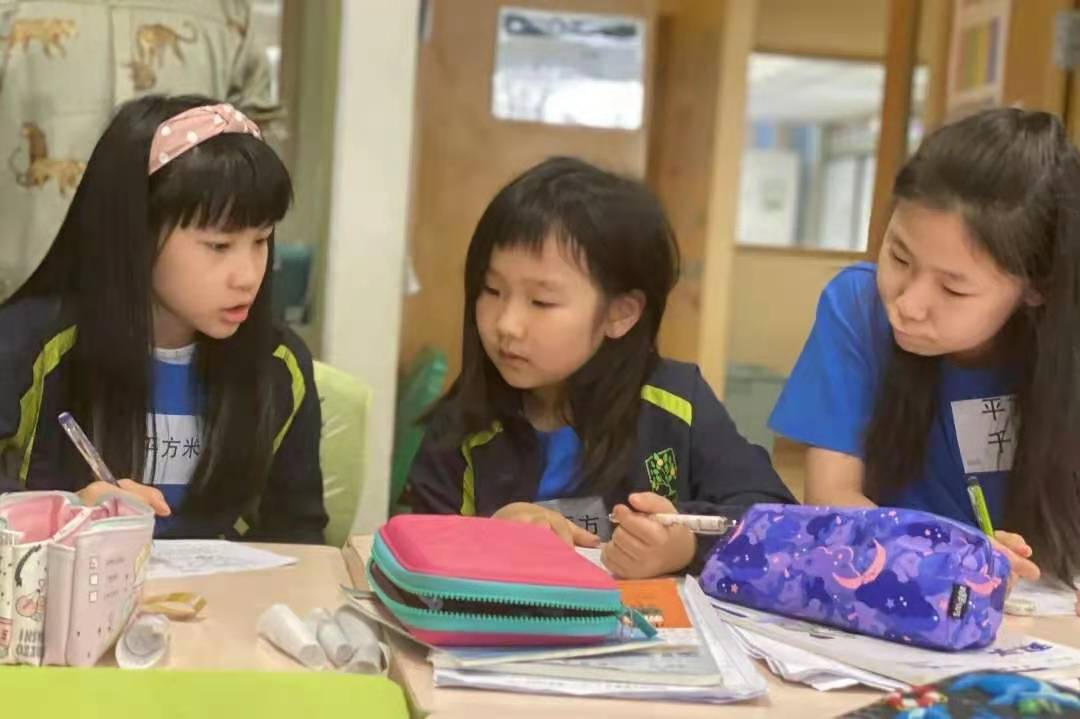
Ms. Shen put students into groups two different times; the first time based on quality, capacity and area unit on stickers they received and the second time when students reviewed both Chinese and English learning content.
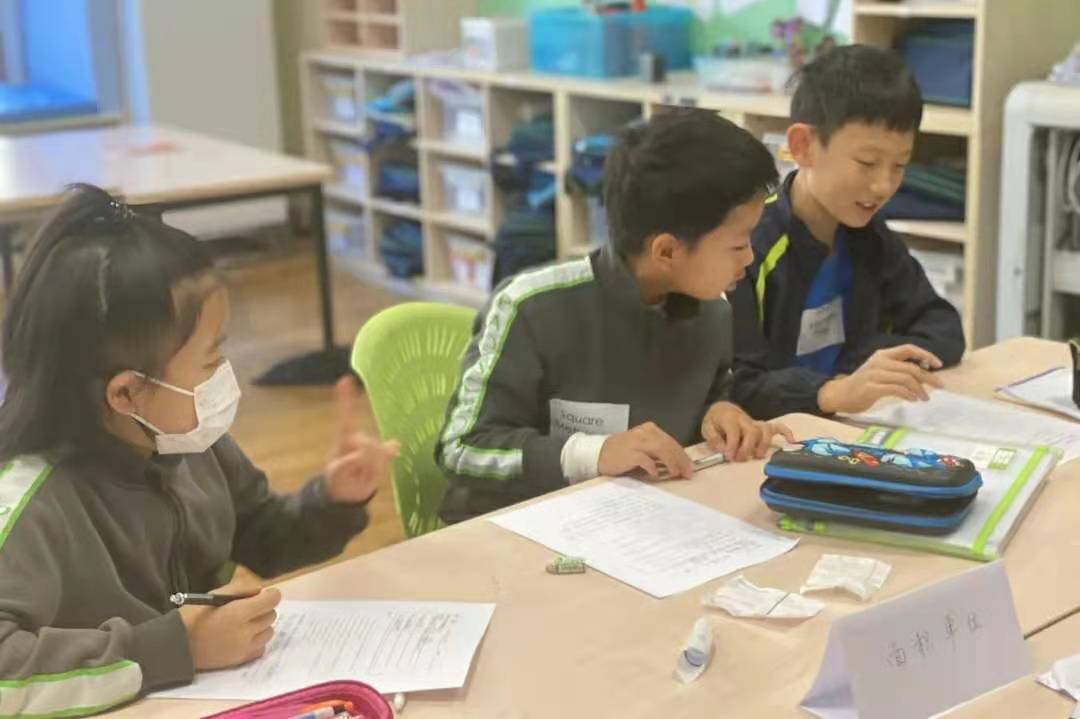
The Chinese-language group focused on core teaching content and materials. The English-language group was responsible for supplemental learning materials, used to help students better understand some mathematical units of measurement used in everyday life. In the final stage, students form big groups to learn from each other's three unit categories, allowing them to rapidly consolidate their knowledge of the material.
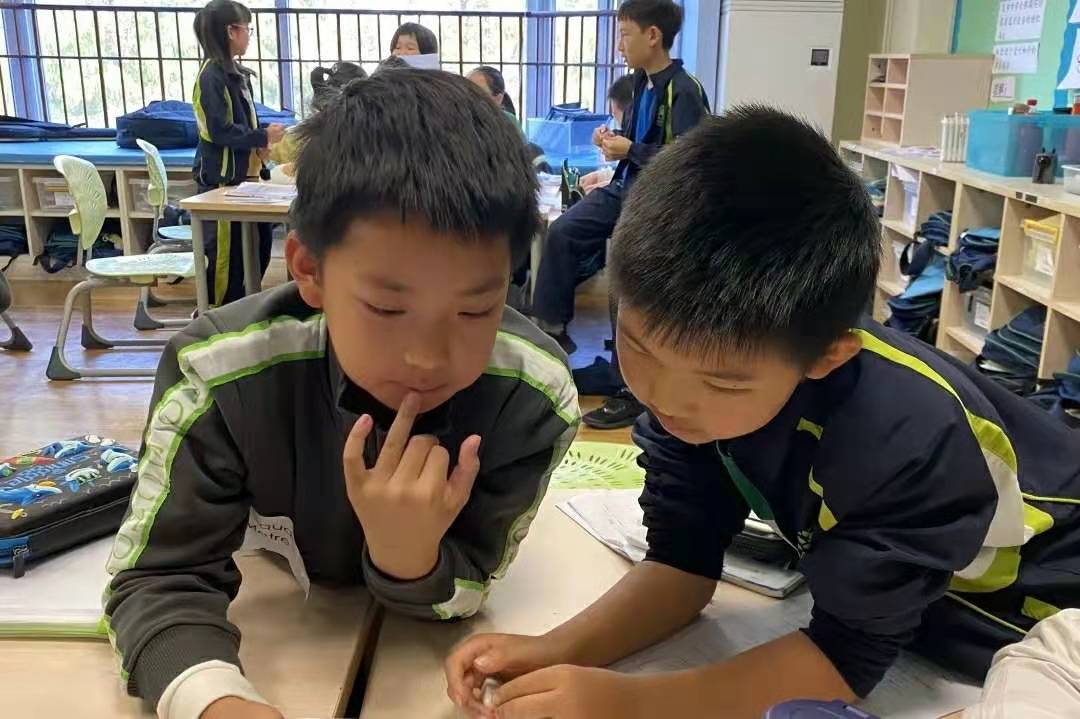
In addition, Ms. Shen designed different classroom activities to help students bolster their understanding of the material. One activity was diary correction, in which students corrected their previous mistakes. This exercise was open-ended, giving students an opportunity to further practise how to convert various units and focus on areas that challenged them.
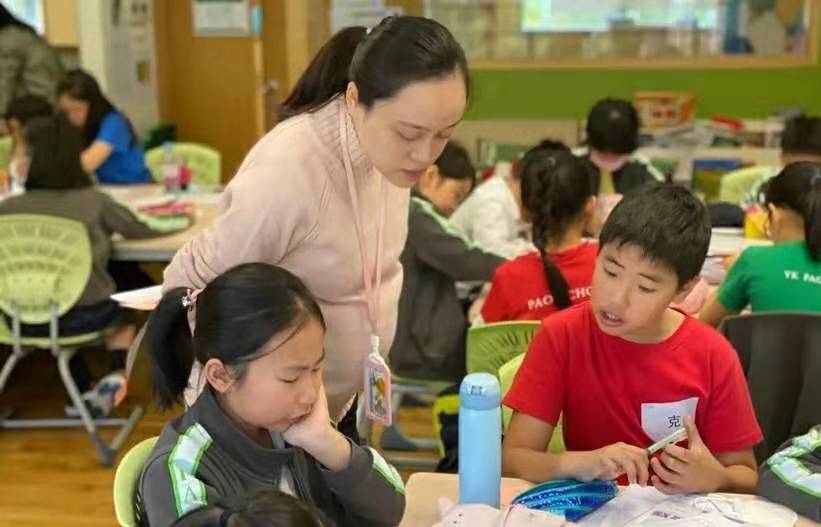
In Ms. Shen's view, this type of activity is highly effective because it puts students in charge of their learning and caters to a wide variety of their learning needs. In addition, it increases the students’ enjoyment of the learning process, alongside allowing teachers to observe how the students apply the knowledge they have learned. From this process, students learn how to approach mathematical problem solving in a structured, step-by-step manner that illustrates the importance of maths for our everyday lives. The students not only study mathematical theories as a concept but also learn how to apply these theories in real life – ultimately allowing them to gain a deeper overall understanding of mathematics.
The ultimate beneficiaries of teacher training are students. In such classroom interactions,
students not only engage in independent thinking and learning, but also learn from each other.
In a certain sense, the students 'teach' one another. This is an important step to take in their
educational journey, as they initially begin as passive learners but eventually transform into
active learners capable of teaching others. In group activities, students are in command of
their own learning and enhance their thinking, listening, expression and teamwork skills.
——Ms. Jin